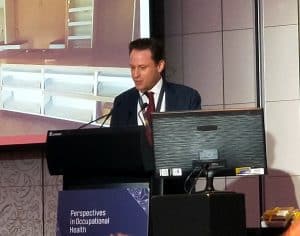 Rumours of a TV report on the increasing hazards of silicosis have floated around for a week or so. On October 10 2018, the show appeared on the Australian Broadcasting Corporation’s 7.30 program. But the story is much bigger than the ten minutes or so on that program.
Rumours of a TV report on the increasing hazards of silicosis have floated around for a week or so. On October 10 2018, the show appeared on the Australian Broadcasting Corporation’s 7.30 program. But the story is much bigger than the ten minutes or so on that program.
The focus is understandably on silica but perhaps that is too specific. Maybe the issue of dust, in general, needs more attention.
However,

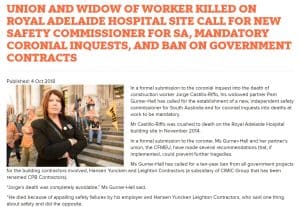
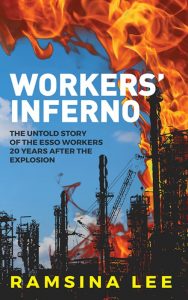
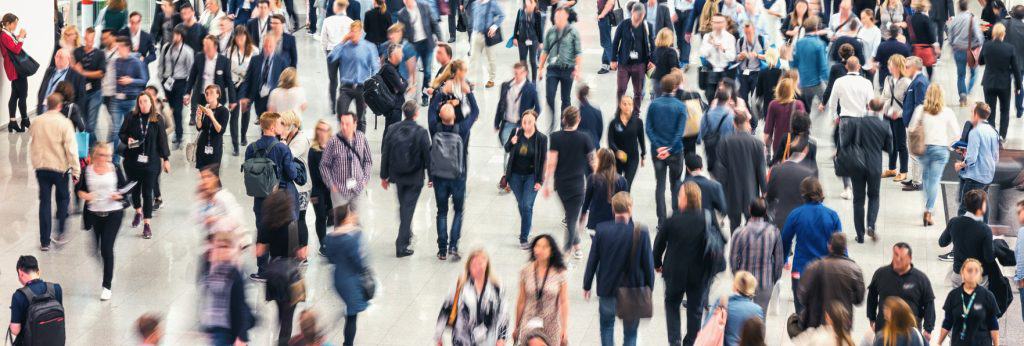

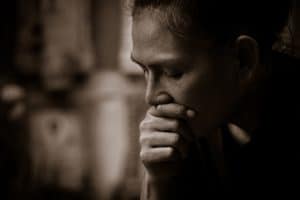 Conversations about occupational health and safety (ohs) occur very rarely unless you are an educator who talks about this stuff every day. We manage health and safety and advise on it but rarely get a chance just to talk about safety with peers. This is where documents like the
Conversations about occupational health and safety (ohs) occur very rarely unless you are an educator who talks about this stuff every day. We manage health and safety and advise on it but rarely get a chance just to talk about safety with peers. This is where documents like the